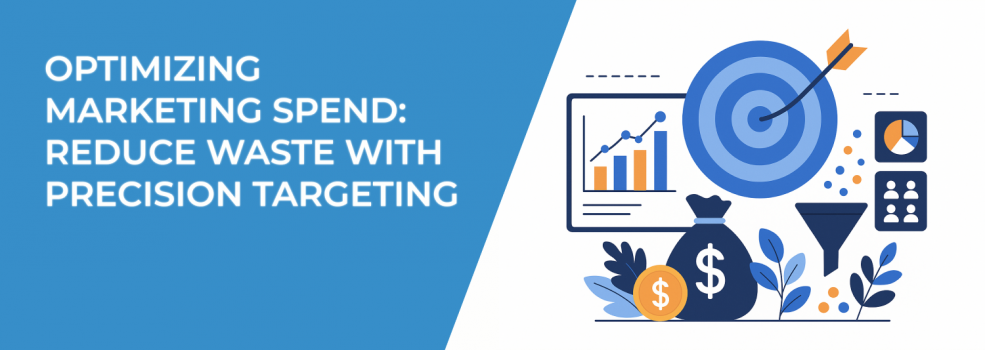Most wasted marketing spend comes down to one thing: poor targeting. Campaigns may look active, but if the wrong people see your ads, your budget disappears without results. Here are the key mistakes that can cause it and how to fix them.
Targeting Mistakes That Waste Your Spend
Mistake 1: Targeting Too Broadly
Broad categories like “Fitness” or “Business” may seem appealing, but they rarely deliver. Most of the audience won’t be interested in your offer, which means higher costs, lower conversions, and unclear results. Here’s why your target audience might be too broad even if it looks right.
How to fix:
-
Layer interests: combine broad topics with more specific ones, plus demographics or behaviors. See what still works with Facebook interest targeting.
-
Target engaged communities: focus on groups or competitor pages where people are already active.
-
Build stronger lookalikes: use repeat buyers as your seed audience, not one-time visitors.
Sharper targeting reduces waste and helps your budget work harder.
Mistake 2: Irrelevant or Outdated Data
Old or poorly maintained lists lower match rates and reach the wrong people. The result: higher spend, fewer conversions, and wasted impressions.
How to fix:
-
Clean lists regularly: keep only active, recent contacts.
-
Use multiple identifiers: add phone numbers and socials, not just emails.
-
Segment by lifecycle stage: separate new leads, customers, and lapsed users. See this step-by-step guide to defining a target audience.
-
Exclude irrelevant groups: don’t target recent buyers in acquisition campaigns.
Fresh, accurate data keeps your budget focused on people who are actually likely to convert.
Mistake 3: Weak Segmentation
Lumping everyone into one audience means cold leads, warm prospects, and loyal customers all see the same ads. This lowers relevance and wastes spend.
How to fix:
-
Segment by funnel stage: show awareness ads to cold leads, trust-building content to warm prospects, and offers to hot audiences.
-
Tailor by use case: adjust ads by industry, role, or need.
-
Prioritize by value: invest more in repeat or high-value customers.
-
Keep exclusions clean: exclude existing customers from prospecting and cold leads from retargeting.
Strong segmentation makes ads feel relevant, reduces waste, and improves ROI.
How LeadEnforce Helps Optimize Marketing Spend
Standard Ads Manager tools often push broad or outdated targeting, which leads to wasted budget. LeadEnforce solves this by giving you more precise and up-to-date options.
What you can do with it:
-
Precise targeting: build audiences from followers of specific Facebook groups, pages, or Instagram accounts — people already active in your niche. Here’s how to create a target audience from a Facebook group.
-
Fresh data: reach users based on professional LinkedIn filters like job title or company, avoiding outdated lists.
-
Smarter segmentation: create multiple custom audiences (e.g., groups, competitor pages, LinkedIn filters) and invest more where results are strongest.
Instead of wasting budget on the wrong people, LeadEnforce helps you focus spend on active, relevant audiences, and deliver better results from the same budget.
What to Do After Optimizing Marketing Spend
Reducing waste is just the first step. The real value comes from reinvesting freed-up budget into growth.
Here's what to do next:
-
Scale winning campaigns: increase spend on what already works.
-
Test new creatives: experiment with formats, messages, and visuals.
-
Reach new segments: expand into fresh audiences or markets.
-
Strengthen retention: run loyalty and re-engagement campaigns for existing customers.
Optimizing spend isn’t only about saving money — it’s about using resources to drive growth and long-term success.

